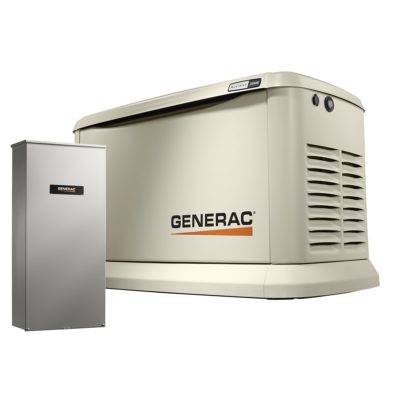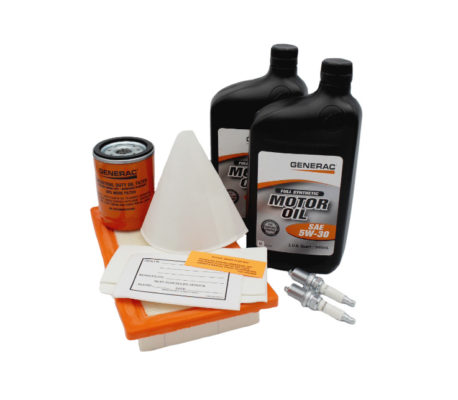How It Works, Power Outage, Standby Generators
Standby Generators: How It Works
Understanding how standby generators work is easier than you think. And here’s some more good news: everything is automatic.
Before the power goes out.
Your automatic transfer switch (ATS) monitors the electricity coming from the utility. It’s working 24/7 to protect your home. The power indicator is a handy little device located on your automatic transfer switch. It tells you where your home’s power is coming from — utility or generator (see colored icons below).

Your generator will exercise itself and run diagnostic tests automatically for 20 minutes each week to make sure it’s ready when needed.
The power goes out.
When the power fails or drops below an acceptable level (brownout), the ATS signals the generator to start. In 10 seconds, the ATS transfers your power from the utility to the generator.
Unlike portable generators, Home generators start and stop automatically with no need to refuel. No extension cords. No worries. No hassle.
Your generator powers your home.
Your generator supplies your home with electricity until the utility power is restored.
Generators endure hundreds of tests (during design and production) before they reach your home. The result is total reliability.
Generators can handle large starting loads like central air conditioners without dropping power to other appliances.
Inside every Generator is a commercial-grade engine built to withstand extreme workloads. We’ll keep your house comfortable as long as the power’s out.

The utility power returns.
When the utility power is restored, the ATS automatically transfers your power from the generator to the utility.
Your generator turns off.
Your standby generator automatically shuts down, ready for the next outage.




